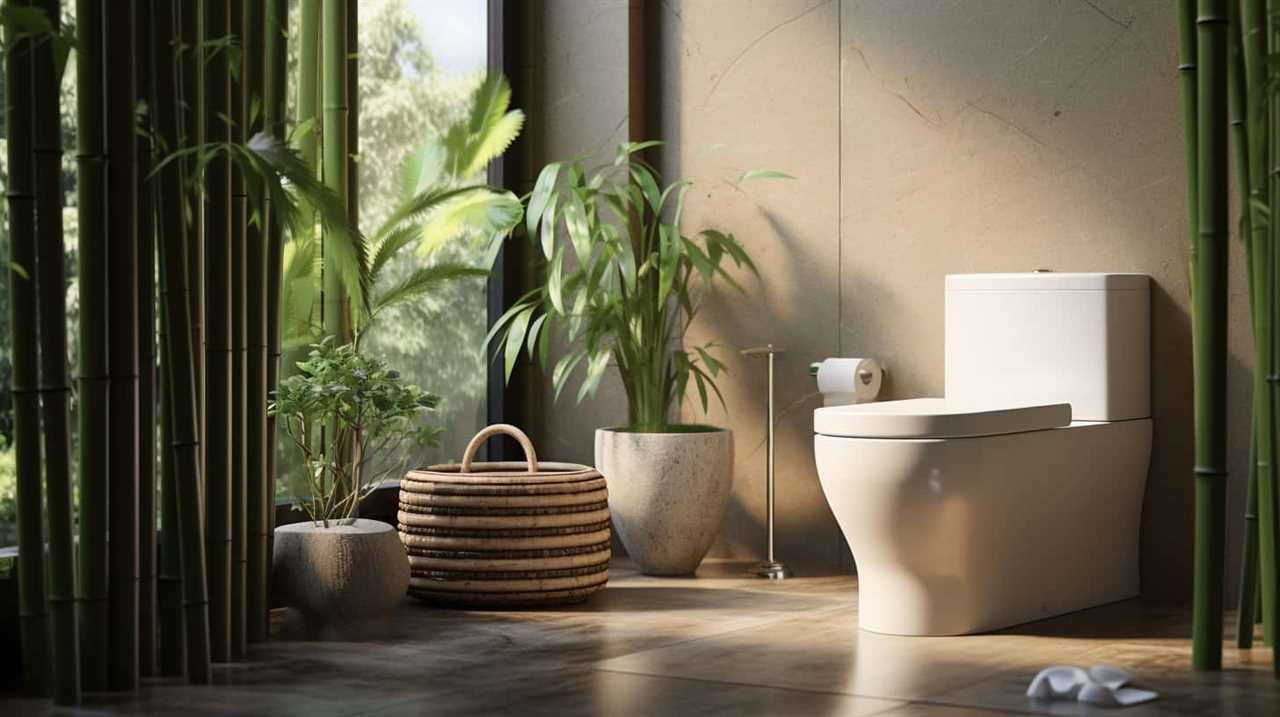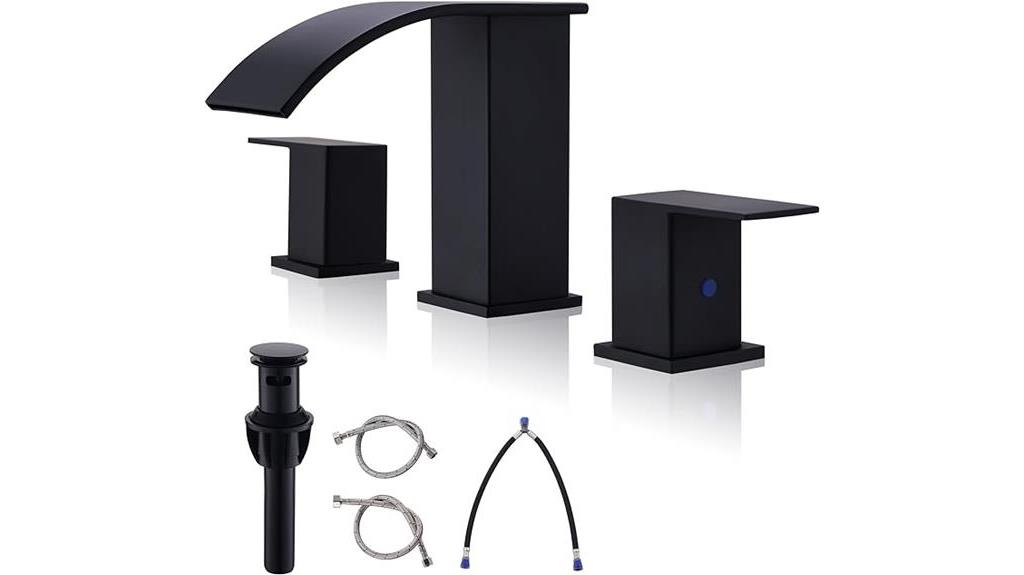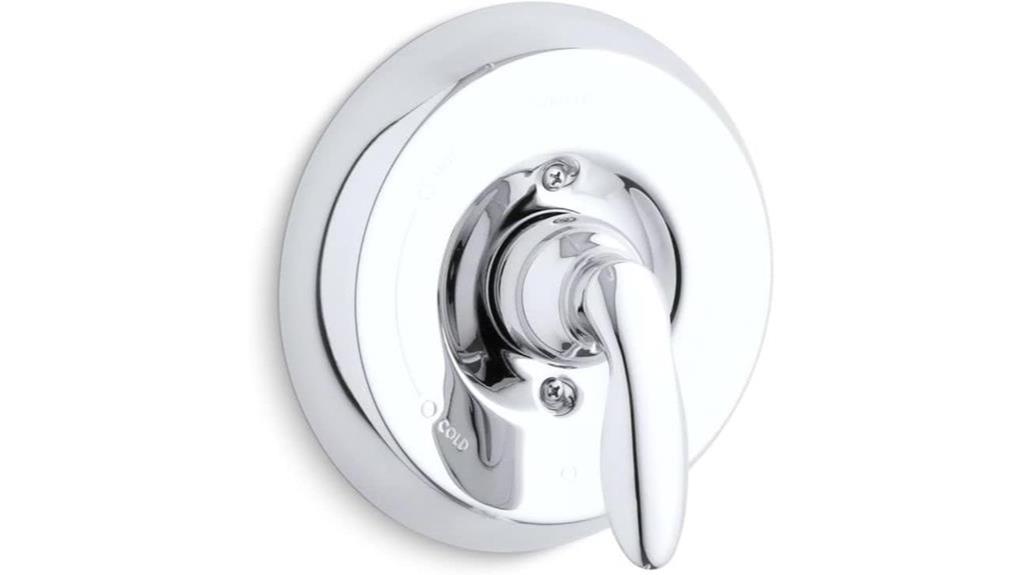Can we just flush cotton buds down the toilet without any consequences?
Let’s face it, we’ve all been guilty of it at some point.
But have we ever stopped to consider the environmental impact and potential plumbing issues?
In this article, we’ll explore the negative effects of flushing cotton buds, the risks they pose to wastewater treatment plants, and provide alternatives and proper disposal methods.

It’s time we take responsibility and master the art of responsible waste management.
Key Takeaways
- Flushing cotton buds contributes to marine pollution and microplastic contamination.
- Proper disposal methods are necessary to prevent environmental damage.
- Flushing cotton buds can cause blockages in plumbing systems and wastewater treatment plants.
- Alternatives to flushing cotton buds, such as reusable or biodegradable options, should be considered.
Environmental Impact of Flushing Cotton Buds
When we flush cotton buds down the toilet, we’re contributing to the environmental impact they have. This is because these seemingly harmless items can end up causing significant harm to our marine ecosystems.
Flushing cotton buds leads to marine pollution, as they can easily make their way into our rivers, lakes, and oceans. Once in the water, they can break down into microplastic particles, contributing to the growing issue of microplastic contamination. These tiny plastic particles can be ingested by marine animals, causing physical harm and even death.
Furthermore, microplastics can enter the food chain, ultimately reaching humans through the consumption of seafood. It’s crucial that we dispose of cotton buds properly, in order to minimize their environmental impact and protect our precious marine ecosystems.

Potential Blockages in the Plumbing System
Flushing cotton buds down the toilet can lead to potential blockages in our plumbing system. This seemingly harmless act can have serious consequences and may result in costly repairs. Here are some key points to consider:
- Potential damages caused: Flushing cotton buds down the toilet can cause blockages in the pipes and drains. These blockages can lead to overflowing toilets, slow drainage, and even sewage backups inside the house. The accumulation of cotton buds, along with other debris, can create a solid mass that obstructs the flow of water.
- Importance of plumbing maintenance: Regular plumbing maintenance is crucial to prevent blockages and maintain the proper functioning of the system. Professional plumbers can inspect the pipes, identify any potential issues, and provide necessary repairs or cleaning services.
It’s important to properly dispose of cotton buds and other non-flushable items in the trash to avoid potential damages and keep the plumbing system in good condition.
Negative Effects on Wastewater Treatment Plants
Proper disposal of cotton buds is crucial to preserve the efficiency and functionality of wastewater treatment plants. When cotton buds are flushed down the toilet, they can have a negative impact on the treatment process.
These small and non-biodegradable items can easily get caught in the pipes, causing blockages and reducing the flow of wastewater. This can lead to backups and overflows, which can be costly and time-consuming to fix.

In addition, cotton buds can also bypass the screens and filters in the treatment plants, making their way into the settling tanks and other treatment units. This can disrupt the treatment process and decrease the effectiveness of the plant in removing pollutants and contaminants from the wastewater.
Therefore, it’s important to properly dispose of cotton buds in the trash to avoid these negative effects on wastewater treatment plants.
Alternatives to Flushing Cotton Buds
To avoid the negative effects on wastewater treatment plants, we can explore alternative methods for disposing of cotton buds. Here are some eco-friendly alternatives and reusable options to consider:
- Use bamboo or metal ear picks: These sustainable alternatives are designed for multiple uses, reducing the need for disposable cotton buds.
- Switch to biodegradable cotton buds: Look for brands that offer biodegradable options made from sustainable materials like bamboo or organic cotton. These can be composted after use.
By opting for these alternatives, we can reduce the environmental impact of cotton bud disposal and contribute to a more sustainable future.

In the next section, we’ll discuss proper disposal methods for cotton buds, ensuring that we handle them in a responsible manner to minimize their harm to the environment.
Proper Disposal Methods for Cotton Buds
When it comes to disposing of cotton buds, we should consider alternative methods that are environmentally friendly. Instead of flushing them down the toilet, which can contribute to water pollution and clog pipes, there are sustainable alternatives and biodegradable materials that can be used. One option is to place used cotton buds in a designated bin for proper disposal. Another option is to switch to reusable cotton buds made from bamboo or other biodegradable materials. These can be washed and reused multiple times, reducing waste and environmental impact. Additionally, some brands offer cotton buds with compostable handles, which can be disposed of in a compost bin. By choosing these sustainable alternatives and properly disposing of cotton buds, we can help protect the environment and promote a healthier planet.
| Disposal Method | Description | Advantages | Disadvantages |
|---|---|---|---|
| Designated Bin | Place used cotton buds in a designated bin for proper disposal. | Prevents water pollution and pipe clogging. | Requires regular emptying and proper waste management. |
| Reusable Cotton Buds | Switch to reusable cotton buds made from bamboo or other biodegradable materials. | Reduces waste and environmental impact. Can be washed and reused multiple times. | Requires initial investment in reusable cotton buds. May need to clean regularly. |
| Compostable Cotton Buds | Use cotton buds with compostable handles that can be disposed of in a compost bin. | Reduces waste and environmental impact. Can be composted along with other organic waste. | Requires access to a composting facility. Not suitable for all regions. |
Frequently Asked Questions
Are Cotton Buds Biodegradable?
Cotton buds are not biodegradable and can harm the environment if flushed down the toilet. Alternatives for personal hygiene include reusable cotton swabs, bamboo ear cleaners, or simply using a washcloth.
Can Flushing Cotton Buds Harm Marine Life?
Flushing cotton buds can harm marine life due to the impact of microplastics. To protect our oceans, it’s crucial to explore alternatives for cleaning ears, such as reusable ear picks or biodegradable cotton swabs.

What Are the Consequences of Flushing Cotton Buds for the Sewage System?
Flushing cotton buds down the toilet has detrimental consequences for the sewage system. It can clog pipes, leading to costly repairs. Moreover, these buds can end up in water bodies, causing environmental harm to marine life.
Are There Any Recommended Methods for Cleaning Ears That Do Not Involve Using Cotton Buds?
There are alternative ear cleaning methods available that do not involve using cotton buds. It is important to consider the potential risks of using cotton buds for ear cleaning and explore safer options.
Can Cotton Buds Cause Damage to Septic Tanks?
Flushing cotton buds down the toilet can cause damage to plumbing and have a negative environmental impact. It’s important to dispose of them properly in the trash to avoid these issues.
Conclusion
In conclusion, flushing cotton buds down the toilet is an environmental disaster waiting to happen.

It’s like tossing a wrench into the delicate machinery of our plumbing system and wastewater treatment plants.
The potential blockages and negative effects are simply not worth it.
Instead, let’s explore alternatives and properly dispose of cotton buds to protect our planet and keep things flowing smoothly.










